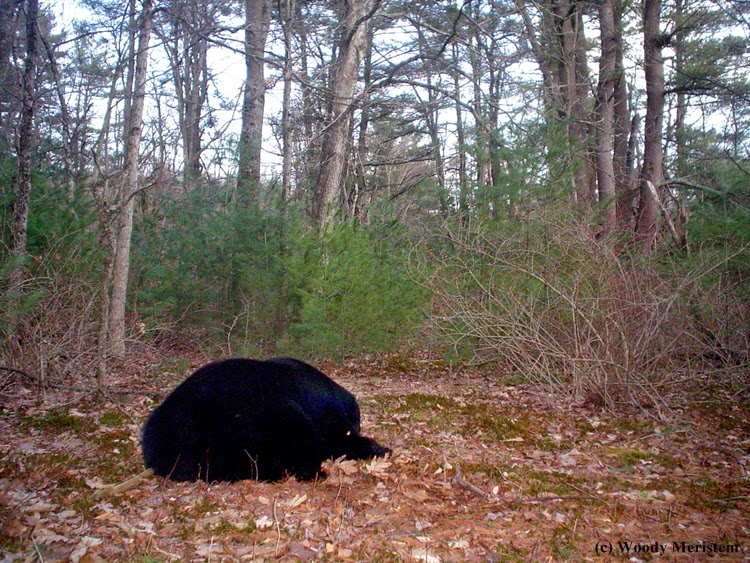This week
the first of the spring wildflowers appeared in woodlands that are on moist fertile
soils. These are the ephemeral spring wildflowers that briefly appear and bloom before
the leaves of the hardwood trees emerge. The plants are not especially tolerant
of shade, so they must grow and produce enough sugars and starches to last the
year before the forest floor is shaded. They are some of the Northeast’s most
beloved wildflowers and familiar sights, even if their names are not, to any observant
person who spends time in the woods during the early spring.
First
the aptly named spring beauty appeared –
As did
bloodroot, named for the blood-red color of its root’s interior –
Growing in
the same forests is Dutchmen’s-breeches; the individual flowers resemble a pair
of upside-down pantaloons, hence the name –
With the
coming of trout season the aptly named trout lily blooms –
A number of
years ago a friend guided me to a population of white trout lily (a different,
but closely related, species) that's worth frequent return visits –
To walk
through the forest and see the ground covered with these wildflowers is truly one of
the joys of spring.








.JPG)


+-+old+growth+hemlock.jpg)
+-+old+growth+hemlock.jpg)












